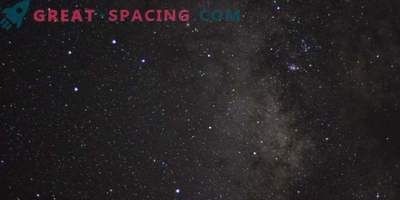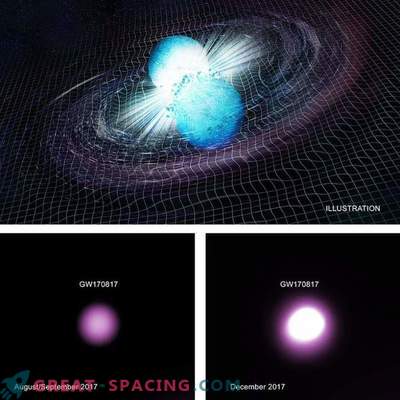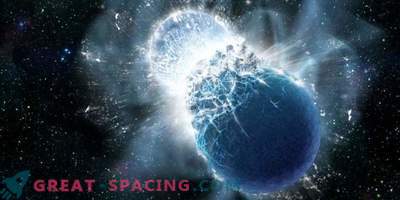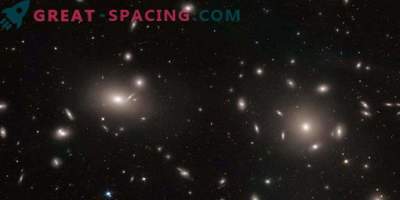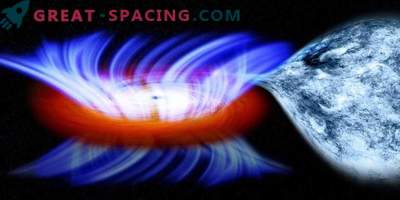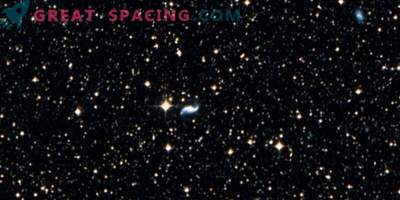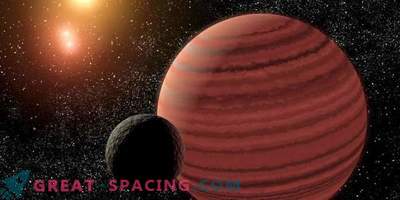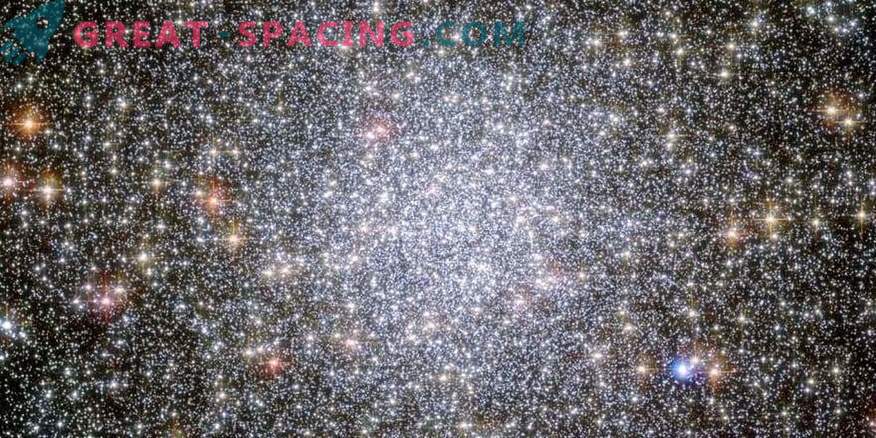
Optical image of a 47 Tukan globular cluster captured by Hubble. A lot of low-mass X-ray binary stars (LMXB) are noticeable here. Astronomers believe that for the first time they fixed inside a similar object not a neutron star, but a black hole.
The globular cluster is a spherical group of stars (up to several millions) connected by gravity and located in the outer regions of galaxies. Low-mass X-ray binary stars (LMXB) are systems in which one star is compact (neutron or black hole) and takes away matter from the satellite.
Scientists have noticed that there is much more LMXB in globular clusters than in other places in the galaxy. Usually this excess is due to high stellar density. But it draws attention to another unusual feature of the LMXB.
In galactic space, much of the LXMB emerges from binary stars as they age and evolve. However, in globular clusters, they form when compact objects collide and capture another star. There are many neutron stars in clusters, but black holes should sink to the center or be pushed out of the cluster by gravity immediately after formation. Indeed, all LMXBs found in globular clusters are of the type of neutron star.
Astronomer Javier Garcia and his team studied 47 Toucans. They managed to find an X9 object that seems to contain a black hole. If so, then we see a similar instance for the first time.
The object was simultaneously monitored from Chandra, NuSTAR and the Australian Compact Massif, and also used historical data. All this was needed to search for the 28-minute modulation of the signal from X9, created by a black hole with a solar mass facing the white dwarf star with 0.02 solar masses. The source has rather unusual characteristics, such as the periodicity of 6.8 days and the high rate of mass release (7 million earth masses per year).



